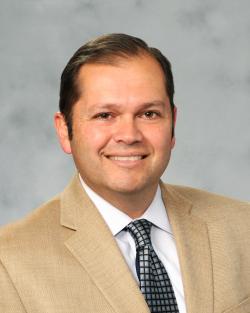Decisions about facility maintenance and repair of senior care structures may have traditionally been left to facility managers but executives should be leading the way.
Management tends to want to hire tradespeople for $70,000 or $80,000 a year to lead facilities management, said John zumBrunnen during a webinar sponsored by Irving Levin Associates about the role of senior executives in building maintenance.
[See also: Senior housing and care industry M&A driven by smaller operators]
It might be appropriate to put a tradesperson in such a role in some circumstances, said zumBrunnen, owner and president of zumBrunnen, an Atlanta-based building consulting firm, but for complex facilities, such as a $1 million continuing care retirement community (CCRC), that “just does not make good sense.” “These communities are getting so high tech and so complicated that they need to be managed and run by professionals,” he said.
While most executives do not get facilities training in business school, they do get training in strategy and strategy is what is needed when it comes to making decisions about facility maintenance and repair, the experts participating in the webinar said.
The challenge is rarely the technical aspects of what needs to be done, said Mario Mckenzie, a partner with investment advisory firm CliftonLarsonAllen. It’s understanding how physical assets fit into the mission or goals of the organization and then creating long-term strategies that take into account the business needs of the organization and the physical asset needs.
Presbyterian Senior Living is actively trying to come to that understanding, and that’s an evolving process, said Jim Bernardo, PSL’s executive vice president and chief operating officer.
As Presbyterian Senior Living grew larger – expanding beyond its Dillsburg, Penn. headquarters to operating in 29 different markets in Pennsylvania, Maryland, Ohio and Delaware – it needed to move from having local building supervisors making maintenance and repair decisions to putting such decisions in the hands of a corporate team, Bernardo said, in order for the company to be more strategic about its facility decisions.
That corporate team, which includes local facility leadership and maintenance staff, evaluates facilities and then determines how to prioritize their needs based on the company’s overall goals.
For instance, PSL won’t pour money into the maintenance of a 150-bed facility if the team thinks the market that facility is in won’t be filling those beds in, say, 10 years. On the other hand, if the facility is significant, even if it’s older, PSL will make the investment, as it did recently when it replaced all of the windows in a 95-year-old building that is part of one of its Maryland CCRCs. The investment saved the company $250,000 annually in energy costs, Bernardo said.
The key to making successful strategic facility maintenance decisions like PSL has been doing is being able to lay out a detailed long-term plan, Mckenzie noted, showing how the organization is going to get from point A to point B. “Even if we know it’s thee right thing to do, if there’s not a mechanism by which people have the confidence that it’s the right thing to do, and the outcome of some … painful choices (is) going to yield a successful resolution for the organization as a whole, you never take the first step.”
